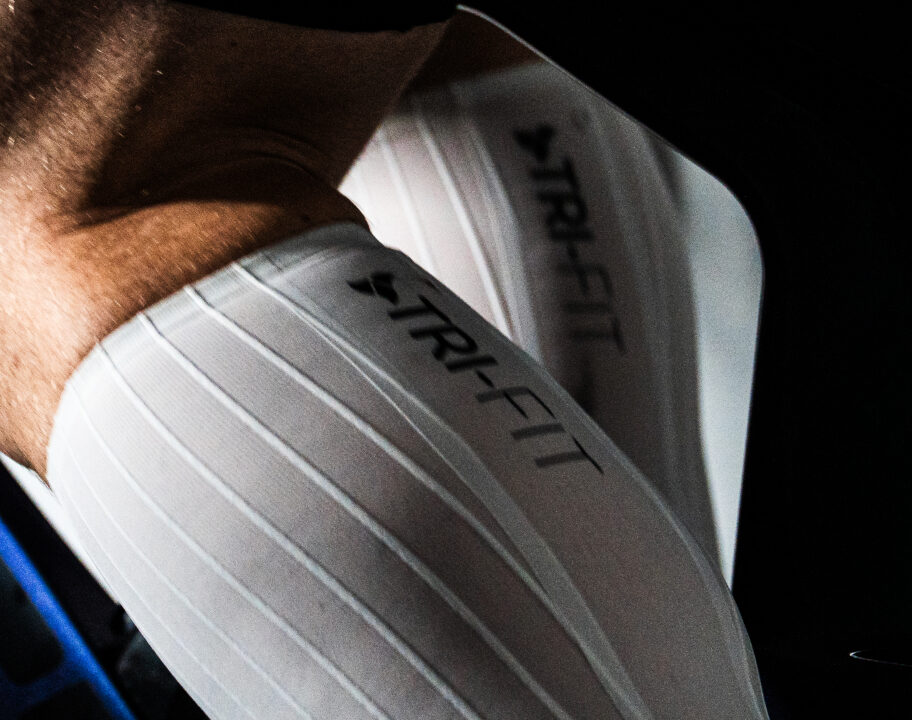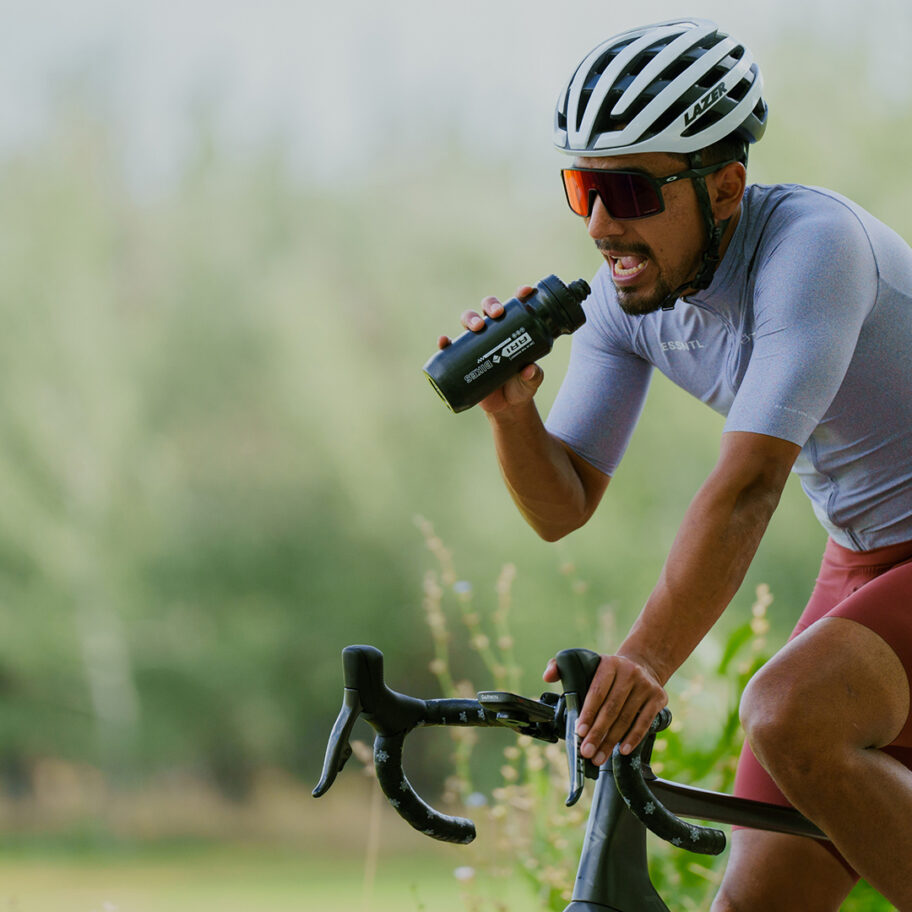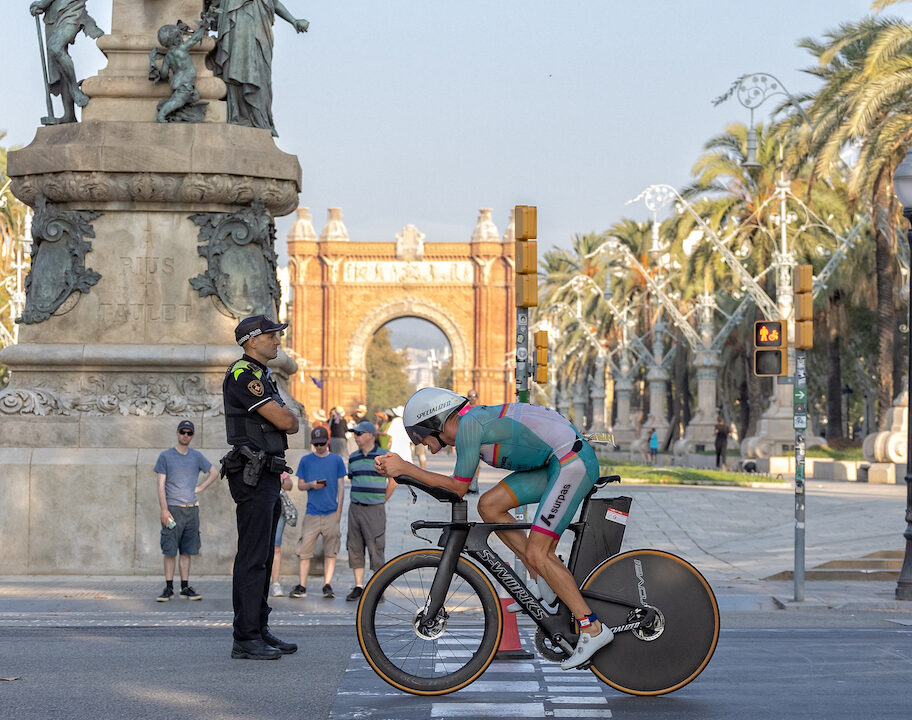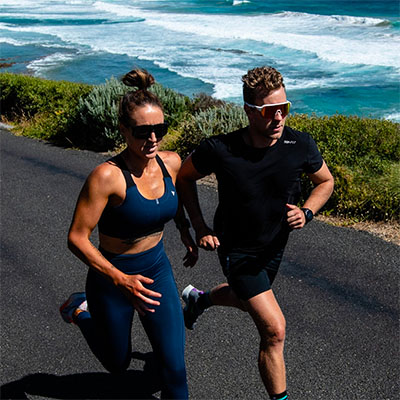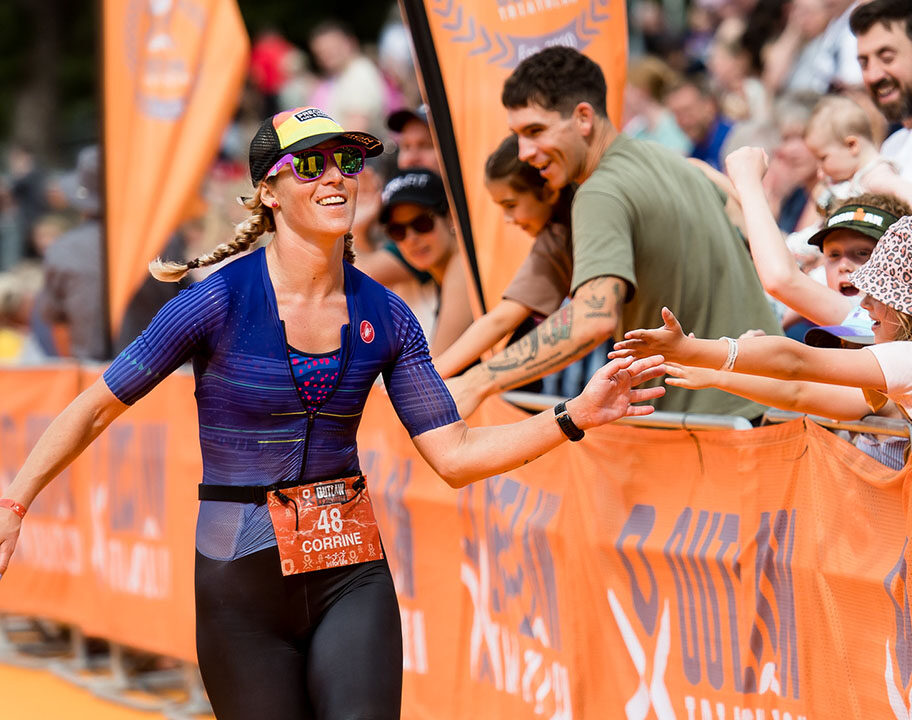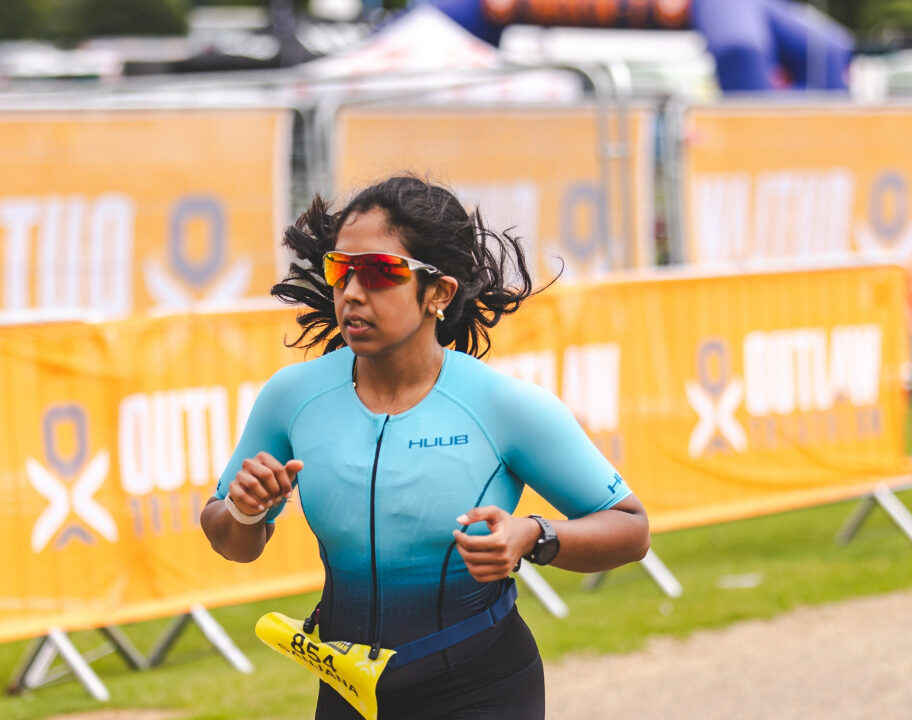There are two types of runner in the world. Those who have no qualms with jumping on the treadmill and getting the miles ticked off. And those who’d rather risk losing a toe in arctic conditions than run indoors. If you’re the latter, it’s likely you’ve written off treadmill running. But as we’ve discussed in our guide to the benefits of running indoors, doing some of your run training on the so-called ‘dreadmill’ can play a valuable part in helping you to become a stronger, faster and more efficient runner – which is key for triathletes who need to be able to run strong after a swim and a bike.
Benefits aside, there are also times when extreme weather conditions or tricky time constraints mean you’re faced with a choice between running on the treadmill, or just not running at all. So, if you’re ready to try and embrace indoor running – how can you make it as enjoyable as possible?
Keep treadmill running engaging with structured workouts
Feel like time passes slower than the final 500m of an Ironman marathon when you’re on the treadmill? If you’re just getting on the treadmill, running without purpose and eyeballing the timer – it’s time to switch things up. Structured sessions and workouts will give you something specific to focus on while you’re running on the treadmill, which will make the time (and the miles) fly by.

Instead of coming in with the ’23 seconds down, 59 minutes and 37s to go’ mindset. Workouts will make you focus on the effort in hand. If you’re not sure where to start, platforms such as Zwift and Wahoo have substantial workout libraries to pick from. Goodbye treadmill boredom, hello running fitness gains!
Upgrade your treadmill
Plenty of us got hold of whatever treadmill we could find during the pandemic. But if yours is clunky, noisy and struggles to hit the speed you need to get a good session in. It might be worth considering an upgrade.
Ideally you want your treadmill to have a top end speed of at least 20 km/h – even if you’re unlikely to hit that sort of pace, you can be confident it’ll be able to handle your interval speed. Look for treadmills with a durable, continuous belt and a deck that offers a good level of energy return to better mimic the feel (and muscle engagement) of running outdoors. Self-powered options can help you to eliminate the issue of waiting for your treadmill to get up to speed (or slow down) quickly enough during interval work. Or new entries to the treadmill scene like Wahoo’s KICKR RUN smart treadmill essentially gives you the best of both worlds, with its Run Free mode which uses optical sensors to automatically adjust the belt speed to your pace.
Get connected, with indoor training apps
If you’ve got access to a smart treadmill or an after-market treadmill speed sensor, you can use indoor training apps like Zwift and Wahoo to make your treadmill run sessions more fun and engaging. Take part in challenges and group runs, explore a virtual world and tick off workouts. The new Wahoo KICKR RUN treadmill can even adjust the gradient to match the course you’re running on in Zwift, and you can also add in the real-feel sensation of running outdoors by switching on the lateral tilt in Terrain Mode.
Run to heart rate, not just pace
Treadmill running can feel harder than running outdoors for a number of reasons. There’s the psychological element of having no outside distractions, so you’re just counting down the time until you can get off again. You naturally have less variation in pace on a treadmill (unless you’re using a self-powered or a smart treadmill) which can mean you end up feeling like you’re working harder. And then there’s the environmental factors. When you’re running indoors, it’s likely that the ambient temperature is warmer than heading outside, and you haven’t got the wind chill to evaporate your sweat and keep you cool.
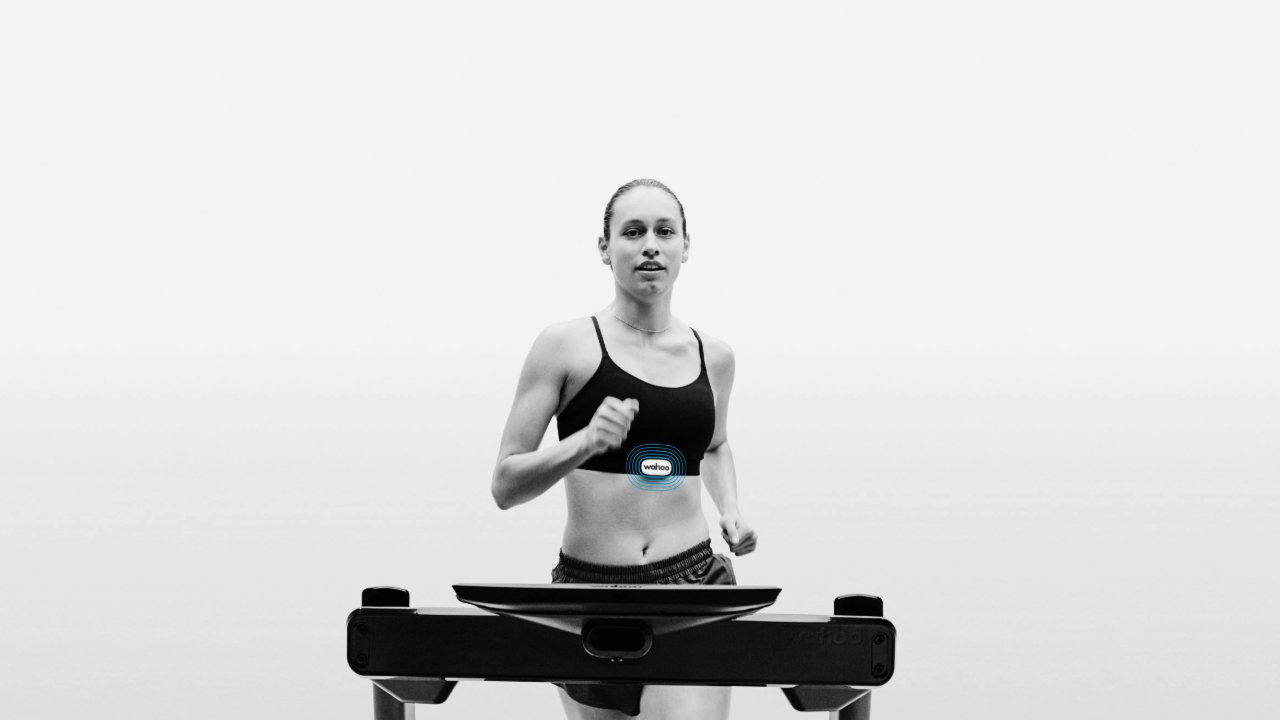
All of that can mean that you feel like you’re working harder to hit the same paces on the treadmill as you do outdoors. This is where you might want to consider running to heart rate and using pace as a secondary metric, to ensure you’re running at the correct intensity for the intended training effect of the session. Pace is arbitrary. But heart rate is an objective measure of how hard your body is working that takes into account factors like how hot it is or how fatigued you are. Ensuring you’re always working at the appropriate intensity for that specific day and time. Because a pace that is ‘easy’ one day, might be ‘hard’ on another.
Optimise your treadmill set up
With the above in mind, it’s worth doing what you can to make running on the treadmill as enjoyable as possible by optimising your set up. If you’ve got a treadmill at home consider investing in a couple of high-powered fans so you can manage your temperature better. Integrated options like the Wahoo Headwind fans can even pair with your heart rate monitor to adjust the fan speed up or down depending on how hard you’re working.
Try to make the environment around your treadmill nice to be in as well. You don’t have to convert your living room into a pro-level home gym – let’s face it, that’s not feasible for most of us. But even if it’s just taking a bit of time to carve out a clean, tidy corner of your garage to situate the treadmill. It’ll make running on it far more enjoyable if you’re not having to clamber over gardening tools to get to it, or spending your entire run staring down that pile of boxes you’ve been meaning to sort out for months and haven’t got to yet.
Ramp up the entertainment
If you’re really struggling to get the treadmill sessions done, don’t be afraid to bring in a little extra entertainment. Some of the best treadmills have a space at the front of the console to place your laptop or tablet. Use your treadmill runs as an excuse to binge watch your favourite TV shows or finally stream that movie you haven’t had time to sit down and watch. Sometimes that extra incentive will help you to actually look forward to running on the treadmill.
If you’re running on a treadmill at your local gym, get good, noise cancelling headphones. It’ll be far easier to get into a rhythm and focus on your session if you can block out the noise of weights being clattered or that guy on the machine next to you giving a really bad karaoke performance of the latest Taylor Swift album. Open ear headphones are great for running out on the road, but for indoor running – noise cancelling options that let you be in your own zone are the go-to choice.



